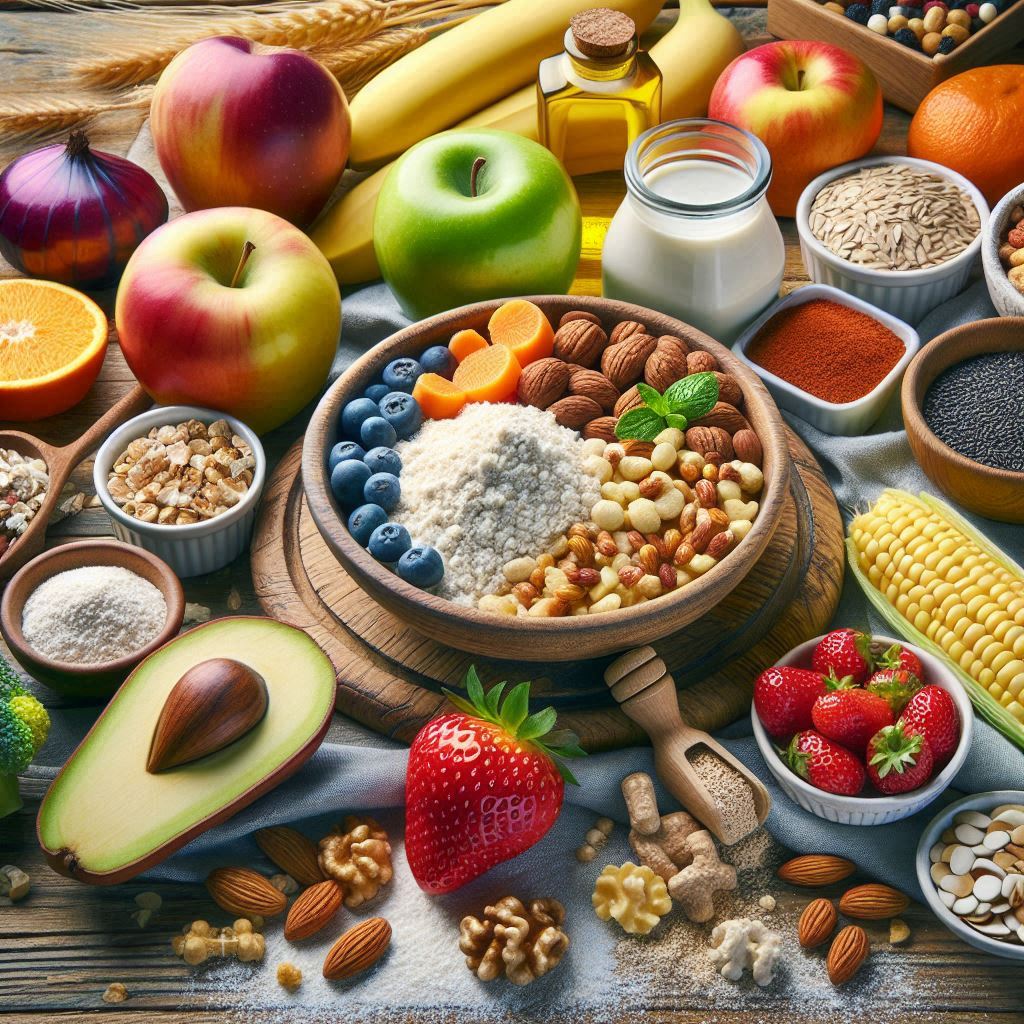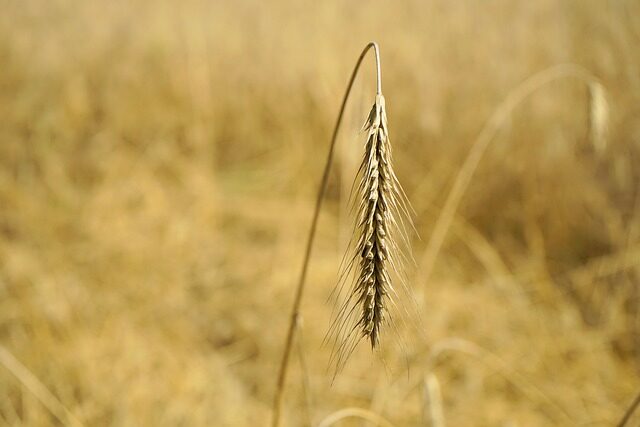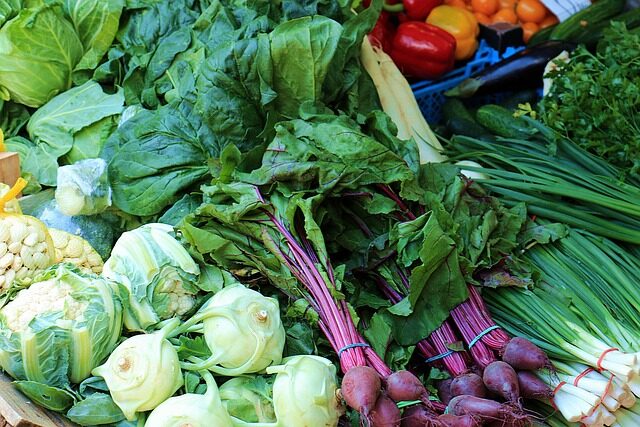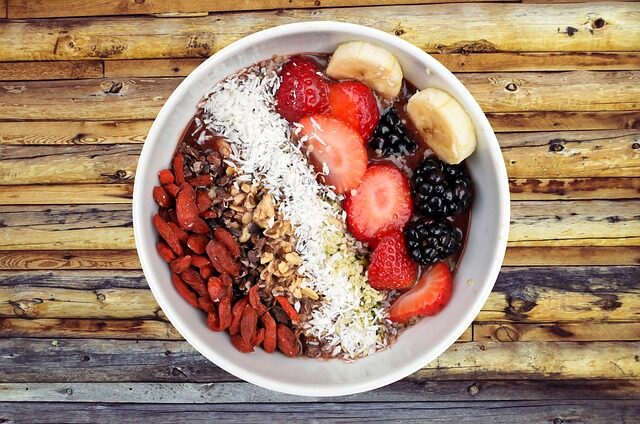22 High Fiber Foods You Should Add to Your Diet

Increasing your fiber intake is a simple way to enhance your health. Not only does fiber support your digestive system, but it also helps control blood sugar levels, lower cholesterol, and keep you feeling full longer. This article will guide you through the 22 high fiber foods you should eat to reap these benefits and more.
- How much fiber is found in common foods?
- What are the top 22 high fiber foods to include in your diet?
- What are the health benefits of a high fiber diet?
- How can you increase fiber intake in your daily meals?
- What foods are highest in fiber?
- Are there specific vegetables high in fiber?
- How much fiber should you consume per day?
- Further Questions on High Fiber Diets
How much fiber is found in common foods?
The amount of fiber in common foods can vary widely. While fruits, vegetables, and whole grains are often the best sources, understanding the specific fiber content can help you make smarter dietary choices. For instance, one medium pear contains about 5.5 grams of fiber, whereas a cup of cooked lentils boasts around 15.6 grams.
Consulting a high fiber foods chart can be particularly helpful when trying to track your intake. Many high fiber foods are not just nutrient-dense but also delicious and versatile, making them easy to incorporate into your daily meals.
Remember, it's not just the quantity of fiber that matters, but also the quality. Opting for whole, unprocessed foods ensures you are consuming dietary fiber that provides maximum health benefits.
What are the top 22 high fiber foods to include in your diet?
Adding a variety of fiber-rich foods to your diet is key. Here are some of the top choices:
- Beans (such as lentils, black beans, and chickpeas)
- Whole grains (like oats, quinoa, and barley)
- Vegetables (such as broccoli, carrots, and Brussels sprouts)
- Fruits (like raspberries, apples, and pears)
- Nuts and seeds (including chia seeds, almonds, and flaxseeds)
These foods not only provide a substantial fiber boost but also a range of essential nutrients, making them a smart addition to any meal.

What are the health benefits of a high fiber diet?
Eating a diet high in fiber has numerous health benefits. Not only does it aid in digestion, but it can also help reduce the risk of chronic diseases such as diabetes, heart disease, and certain types of cancer. Regular consumption of fiber can lead to improved bowel movements and a decrease in cholesterol levels.
A high fiber diet has also been linked to weight loss. Fiber-rich foods tend to be more filling, which can help reduce overall calorie intake by curbing the appetite.
Moreover, fiber plays a crucial role in regulating blood sugar levels, making it an essential part of a diabetic's diet. By slowing the absorption of sugar, it helps maintain stable blood glucose levels.
How can you increase fiber intake in your daily meals?
Incorporating more fiber into your diet can be simple. Start by replacing refined grains with whole-grain options and snacking on fruits, vegetables, or nuts instead of processed foods. Adding a tablespoon of chia or flax seeds to your yogurt or smoothie can also be a quick and easy way to boost your fiber intake.
When it comes to cooking, using beans or lentils as a base for soups, salads, and stews is an excellent strategy. Not only do they add texture and flavor, but they also significantly increase the amount of fiber per serving.
Planning meals around vegetables can also be beneficial. Try to fill at least half of your plate with fiber-rich veggies and complement them with lean proteins and whole grains.

What foods are highest in fiber?
Some of the foods with the highest fiber content include:
- Split peas: 16.3 grams per cup, cooked
- Lentils: 15.6 grams per cup, cooked
- Black beans: 15 grams per cup, cooked
- Artichokes: 10.3 grams per medium vegetable, cooked
- Peas: 8.8 grams per cup, cooked
These foods are not only packed with fiber but are also excellent sources of plant-based protein and other essential nutrients.
Are there specific vegetables high in fiber?
Yes, many vegetables are particularly high in fiber. Some of these include:
- Artichokes
- Peas
- Broccoli
- Brussels sprouts
- Carrots
Vegetables are a critical component of a high fiber diet and can be easily included in various dishes, whether as a main ingredient or a side.
How much fiber should you consume per day?
The daily fiber recommendations vary by age and sex, but a good rule of thumb is to consume 14 grams of fiber per 1,000 calories. This means that if you're on a 2,000-calorie diet, aiming for 28 grams of fiber per day is a good target.
Tracking your intake can ensure you're meeting your daily fiber needs. Remember, it's best to increase fiber gradually and with plenty of water to prevent digestive discomfort.

Further Questions on High Fiber Diets
What is the highest fiber food you can eat?
The highest fiber foods tend to be legumes, with split peas, lentils, and black beans leading the pack. They provide a substantial fiber boost along with other vital nutrients.
Including these in your diet regularly can significantly increase your fiber intake and contribute to better health.
How to get 25g of fiber a day?
To reach 25 grams of fiber each day, consider adding fiber-rich foods to each meal. Start with a breakfast of oatmeal topped with berries, have a lentil salad for lunch, and enjoy a dinner that includes a side of steamed broccoli or Brussels sprouts.
Snacking on fruits, vegetables, and nuts can also help you reach your daily goal.
How to get 30g fiber a day?
Achieving 30 grams of fiber may sound daunting, but it's feasible with a well-planned diet. Incorporate a variety of fruits, vegetables, legumes, and whole grains throughout the day. A hearty bean chili or a quinoa and vegetable stir-fry can significantly contribute to your daily intake.
Diversity in your diet not only makes it easier to consume enough fiber but also helps ensure you're getting a wide range of nutrients.

What foods are high in fiber chart?
A high fiber foods chart is a handy resource that lists foods along with their fiber content. This can be a valuable tool to help plan meals and snacks that are rich in fiber. Such charts often categorize foods by type, such as fruits, vegetables, grains, and legumes, making it easy to make informed choices.
Refer to these charts when grocery shopping or meal planning to ensure you're incorporating high fiber options into your diet.
And to give you a visual and practical guide on how to incorporate these high-fiber foods into your diet, check out this informative video:
By embracing these 22 high fiber foods you should add to your diet, you can enjoy a wealth of health benefits that fiber offers. From aiding in weight loss to improving digestive health and reducing the risk of chronic diseases, the impact of fiber-rich foods on your overall well-being is profound.

Leave a Reply